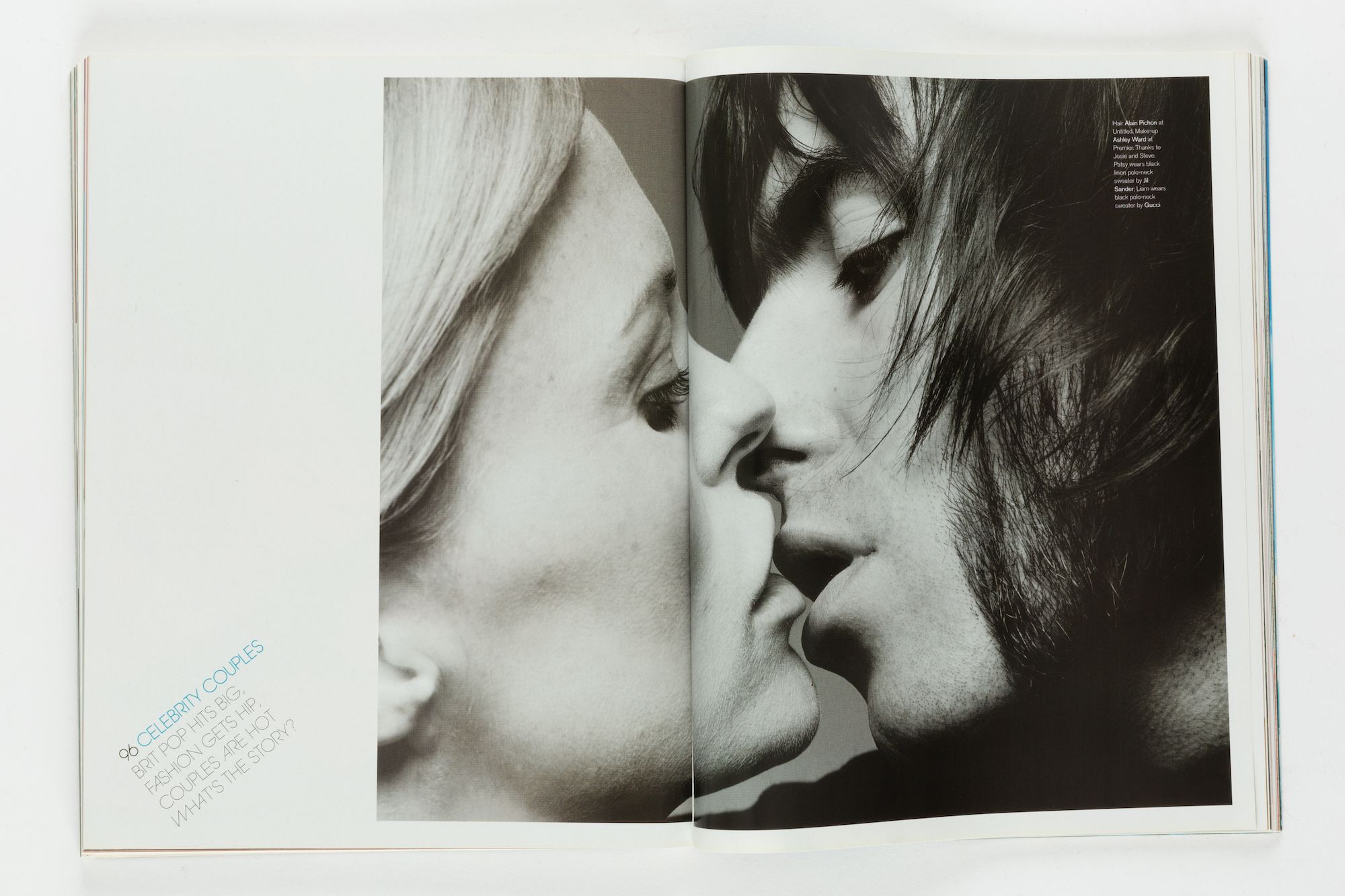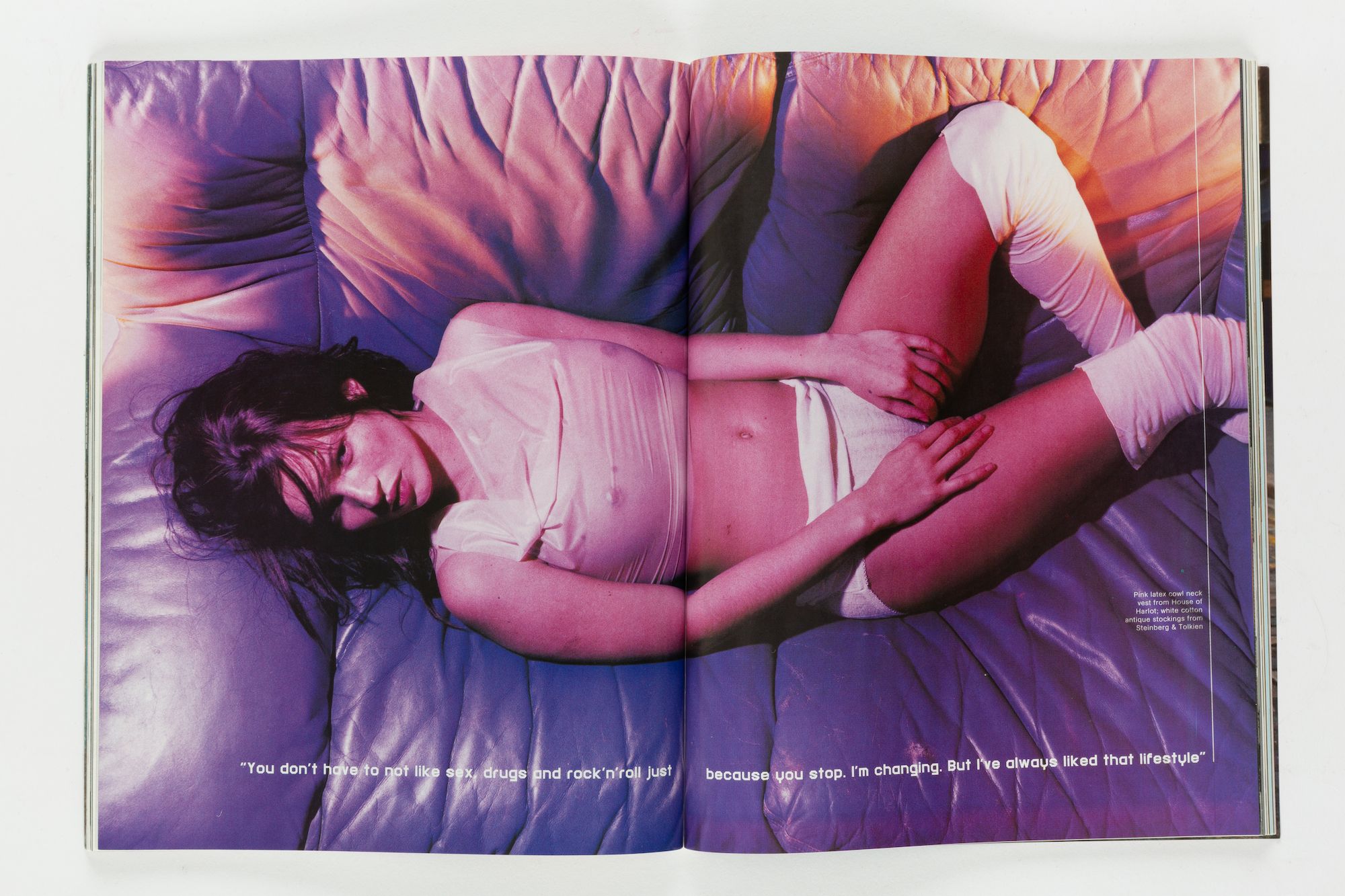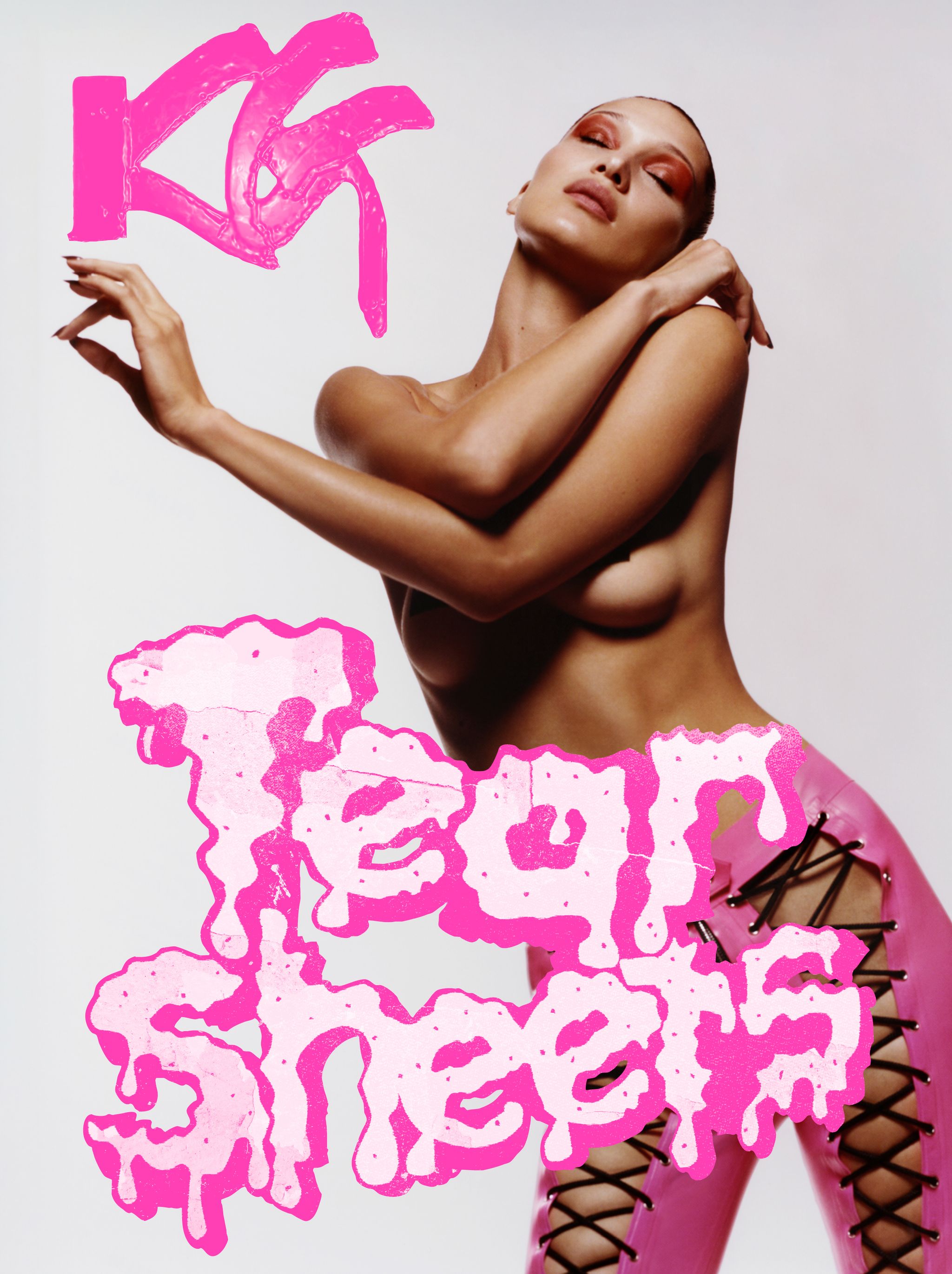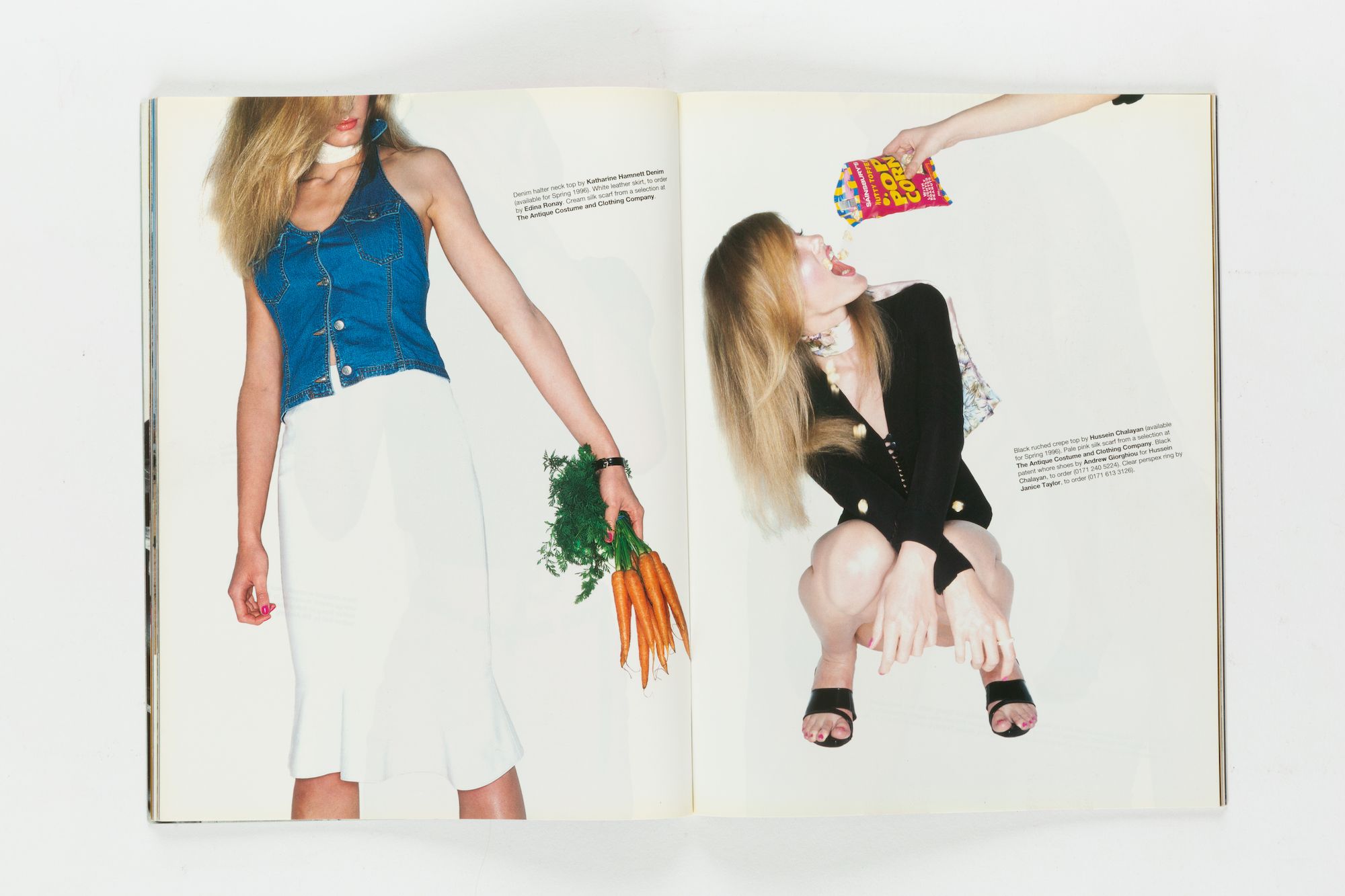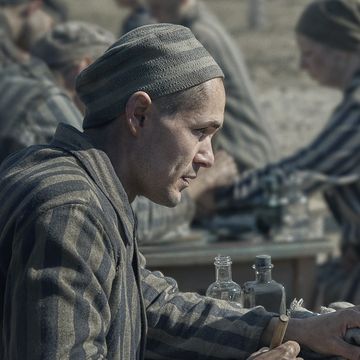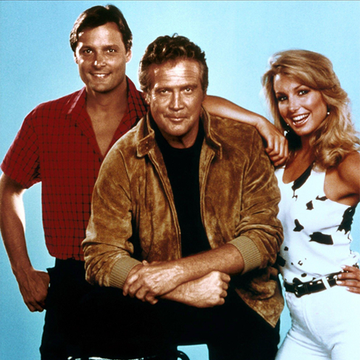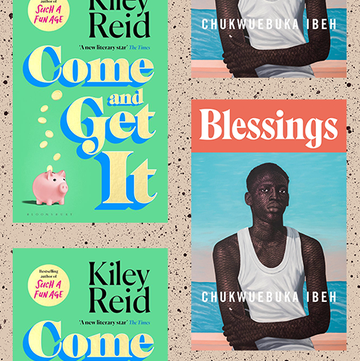Some people spend their whole lives failing to find the thing they are best at, that will bring them satisfaction and success. Others know exactly what it is they want to achieve, and yet never come close. And then there are those people who seem born to do what they do, who you can’t imagine doing anything else, and who have the drive and determination, and the talent, to realise their ambitions. These are those rare, self-invented characters who bend the world to their will or, better yet, make a new world to their own specifications.
Katie Grand is a fashion person to her bones, and the most influential British stylist of the past 30 years. (You could conceivably remove the word “British” from that sentence.) At various moments she has been an instrumental figure behind the scenes at fashion and luxury houses including Prada, Miu Miu, Bottega Veneta, Armani, Louis Vuitton, and Marc Jacobs.
For my money, Grand is also the most preternaturally talented fashion magazine editor of our generation. (Full disclosure: she and I are friends, but I was a devotee long before I met her.) She appears to be plugged into the zeitgeist like Neo into the Matrix. Not to mix my Nineties film metaphors, but this seems to me the result of some sixth sense, rather than a skill that can be taught, or even understood. Fame, fashion, art, style, attitude, ideas, the spirit of the now — all those things that go to make up what we call the culture: Katie Grand feels them and is able to translate them into stills and moving images. She is a conduit, as well as someone who decants direct from her imagination on to the page, the screen, the catwalk.
And every time the culture shifts, or takes a sharp new direction, she seems to already be there, perfectly positioned. She is, as Miuccia Prada says of her in Grand’s new book, a force of nature.
Grand made her name in the early Nineties as fashion director at the then upstart independent magazine, Dazed & Confused, where she formed a formidable triumvirate with the magazine’s founders, the editor Jefferson Hack and the photographer Rankin. This was a moment of extraordinary flourishing in London fashion and fashion photography, and Grand arrived alongside a gang of photographers — David Sims, Solve Sundsbo, Juergen Teller, Liz Collins, many more — who together would redefine the iconography of fashion and celebrity portraiture, making it both more raw and real, and at the same time, conversely, experimental and avant-garde. (It would be quicker and easier to list the major photographers she hasn’t worked with over the years than those she has. Frequent collaborators include Mert Alas and Marcus Piggott, Alasdair McLellan, Tim Walker… and now I see I’ve started and if I don’t stop, I’ll never finish.)
After Dazed, Grand moved briefly to The Face, then still the quintessential British style magazine. She hit a higher gear with the launch of the pioneering biannual, Pop, the first magazine she created and edited herself. At this stage it was quite clear to the rest of us who worked in glossy magazines that we were being regularly and comprehensively outdone. The scoops were endless. Pop at that time was an electrifying publication, utterly distinctive, and it has a strong claim to being the most influential fashion magazine launch in recent memory. (Most of the other ones you’ve heard of are older than your grandparents. And plenty of them look it, too.) If you go into a decent newsagent and are impressed by the remarkable fecundity of the independent fashion magazine sector — piles of them! — at a time when we are so often assured that print is dying — wrong! — then you have felt the influence of Katie Grand. She helped kickstart an alternative industry, outside the established publishing houses, even while working within them.
In 2008 Grand was poached by Conde Nast, publisher of Vogue, to create and edit another new magazine of her own design. (I can think of no other examples of a stylist being approached by a major publisher and invited to dream up her own title, which they will publish.) The result was Love. Funny, sexy, irreverent, cool, it confirmed Grand’s pre-eminence, adding unerring command of social media and video to her accomplishments — and there are those of us who still mourn, each December, the passing of the Love Advent Calendar.
In 2020, Grand twisted again. Today she oversees her own creative agency and a new magazine, Perfect: a heavyweight hardback edited by others but very much a Katie Grand production, in that it seems to capture between its covers the mood of the moment. She styles multiple fashion shows, as well as cover stories and fashion shoots for W and Vanity Fair, among others. And, at last, she has published her first book. For those of us who love fashion photography, who are interested in clothes and music and film and society and celebrity, the publication of “Tears & Tearsheeets” is a big deal.
In typically iconoclastic style, rather than a glossy cat-killer filled with over-retouched reproductions of past glories, accompanied by chin-stroking commentary from ponderous cultural critics (leave that stuff to me), Grand’s book is paperback, uncoated, and refreshingly lacking in pretention. While certainly a beautiful object, it summons the immediacy of samizdat and the cut-and-paste feel of a fanzine, even a scrapbook.
“Tearsheets”, in magazine publishing-speak, are pages ripped from magazines. (“Tears”, in case you were wondering, are tears, which along with blood, toil, and sweat are what goes into making those pages, not that I have ever once heard Katie Grand complain about her lot. On the contrary, she seems to revel in the chaos, the late nights and early mornings and missed deadlines and panicked phone calls and blown budgets.)
Published by the excellent IDEA Books, “Tears and Tearsheets” showcases some of the most memorable pictures from Grand’s spectacular career, from her very earliest days right up to right now, with photos of Cindy Crawford and Iman, by Inez & Vinoodh, from the issue of W that, as I write, has only recently gone on sale.
One can imagine the teenage Grand — a person with whom, to her credit, the grown-up Grand has remained in close contact — scrolling approvingly through its pages, in her Birmingham bedroom, then taking out her scissors for a slicing session, before Blu-Tacking her favourite images to her wall. She’d have plenty to choose from: as well as blazingly brilliant covers of Liz Hurley, Madonna, Kate Moss, and David Beckham (she styles men’s fashion, too, on occasion, just to show the rest of us how it’s done) there are scores of dazzling images here, a selection of which are reproduced here.
But what, you may reasonably wonder, is the stylist’s role in making them? Some stylists, maybe most of them, are people with an eye for an interesting outfit, who call in the clothes for a fashion shoot, or arrange items into “looks” for a catwalk show. “Choosers,” my late colleague Adrian Gill used to call that kind of stylist. He didn’t mean it kindly.
Grand is as much a creative director, even a designer in her own right, as a person who selects garments from a rail. Her job is not about putting a skirt with some boots. She can do that, of course she can. But it’s not even half the story. Grand dreams up the ideas, she has the opinions. She guides the look and feel and mise en scene of the pictures: location, lighting, hair, make-up, casting. (She is a genius at casting, as so many models and stars can confirm, from Kate Moss to Cara Delevigne, Nicole Kidman to Kim Kardashian, Beth Ditto to Lauren Hutton, Marc Jacobs to Miss Piggy.) Above all, she is a collaborator. Because for all the veneration of the brand-name designer and the above-the-title photographer, fashion, like magazines, is a team game.
Her surname might suggest a forbidding personage, but in my experience, while she certainly knows her own mind, Grand doesn’t go in for self-importance. The photographs in her book are vivid, vital, witty, sometimes confrontational, but never precious or po-faced. There’s no grandeur, no grandiosity. Words like “visionary” and “icon” get far too much airtime in fashion. “Storyteller,” too. (Yuck.) Let’s just say she is an image-maker of unusual daring, and someone who does not repeat herself. If one takes anything from “Tears & Tearsheets”, it is the remarkable variety of the pictures, the styles, the looks, the subjects. Black, white; male, female; skinny, shapely; gay, straight; powerful, vulnerable; every shade in between. But most of all, to me, fun. She makes it look fun.
The cover of the book is a striking recent photo, by Harley Weir, of the supermodel Bella Hadid in a pair of pink leather lace-up trousers, hair scraped back, eyes closed, lost in a moment of reverie, even ecstasy. The final image, with typical insouciance, is of two gorgeous, soulful-eyed faces: on the right, Gigi Hadid, Bella’s sister; on the left, Red, Grand’s Hungarian Vizsla, photographed by Solve Sundsbo.
With the exception of the credits and the acknowledgements, and the quotes from fellow fashion luminaries inside the covers, there are no words. In fact, that’s my contribution, unsolicited and, as ever, too late for publication. An alternative title. Katie Grand: No Words.
Tears & Tearsheets by Katie Grand is available to buy now from IDEA Books at Dover Street Market and ideanow.online
